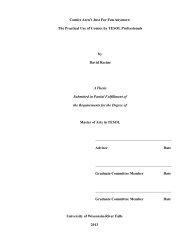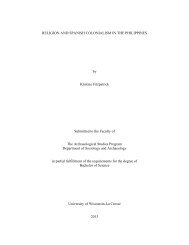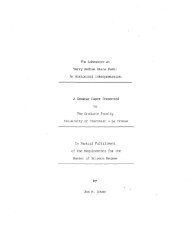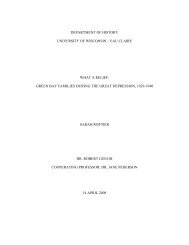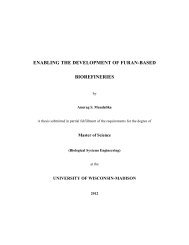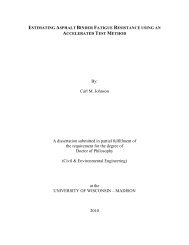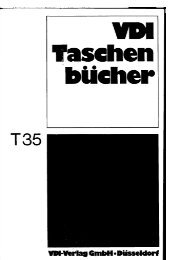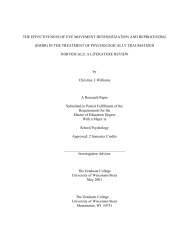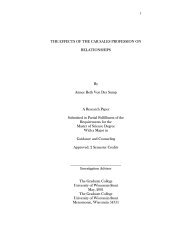William Stratton Ph.D. Thesis - MINDS@UW Home
William Stratton Ph.D. Thesis - MINDS@UW Home
William Stratton Ph.D. Thesis - MINDS@UW Home
You also want an ePaper? Increase the reach of your titles
YUMPU automatically turns print PDFs into web optimized ePapers that Google loves.
Chapter 2.<br />
FEM Theory<br />
This chapter contains material submitted for publication as<br />
W.G. <strong>Stratton</strong> and P.M. Voyles, Ultramicroscopy, accepted for publication<br />
While V is useful in determining the type and degree of MRO in a specimen, extracting<br />
quantitative information about the MRO size or density in amorphous samples has proven<br />
difficult. Treacy and Gibson 74 and later Gibson, Treacy, and Voyles 80 developed a theory of<br />
FEM which connected V(k, Q) to the samples’ three- and four- body atom position correlation<br />
functions, g3 and g4 respectively. These functions hold more subtle, longer length-scale<br />
information about the amorphous structure than the two-body correlation function g2 that is<br />
measured by conventional diffraction, explaining why V(k, Q) is sensitive to MRO. By<br />
assuming g4 exhibits a Gaussian decay with a decay length Λ, Gibson et al. 80 arrived at the<br />
expression<br />
3 2<br />
Λ Q<br />
V( k, Q) = P 2 2 2 ( k)<br />
. (2.1).<br />
1+ 4πQ<br />
Λ<br />
22



